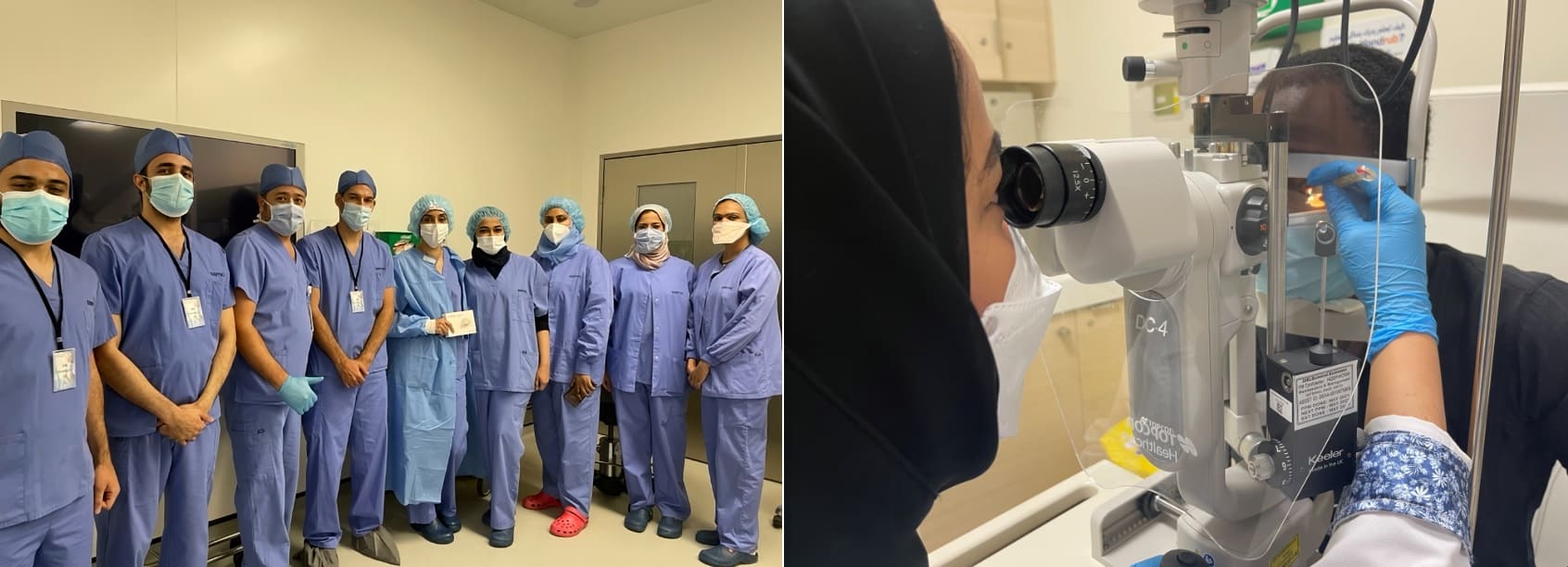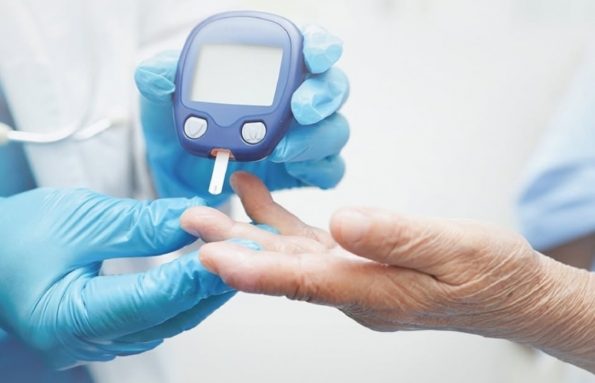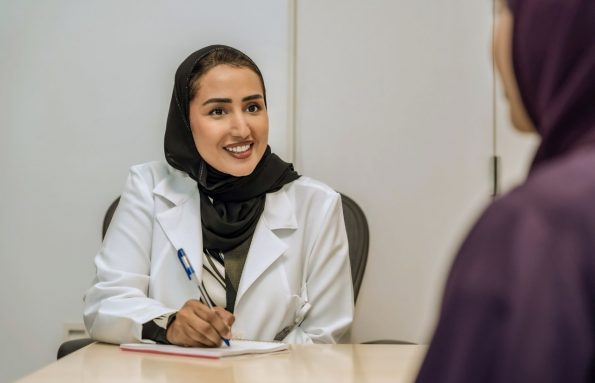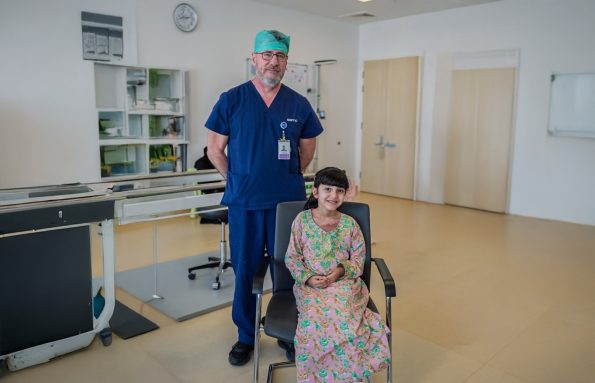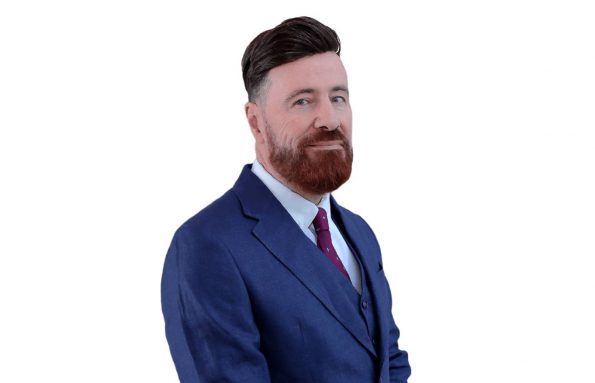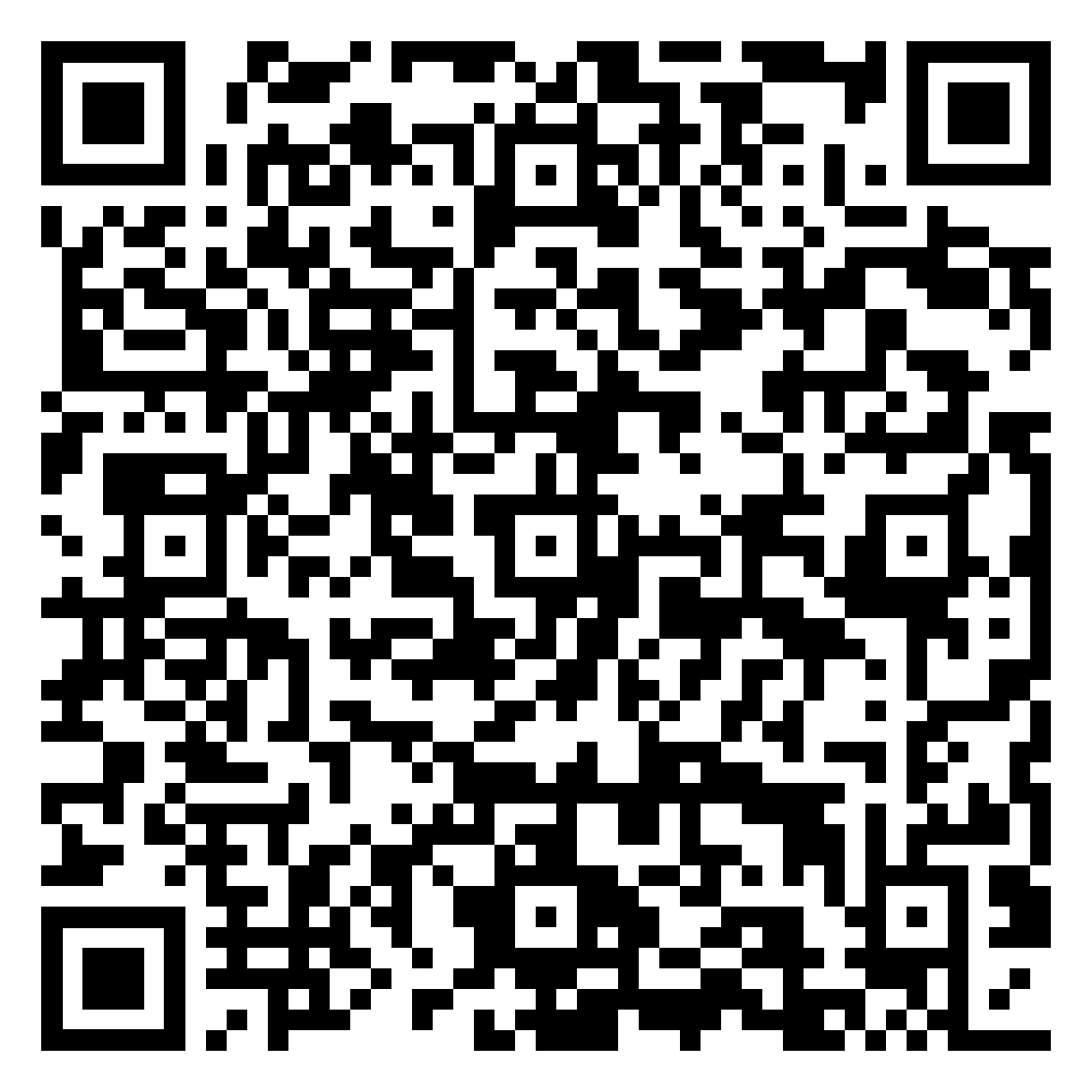Abu Dhabi, United Arab Emirates. November 21, 2021: In a first for the Middle East, the ophthalmology team at Sheikh Shakhbout Medical City (SSMC), one of the UAE’s largest hospitals for serious and complex care and a joint-venture partnership between Abu Dhabi Health Services Company (SEHA) and Mayo Clinic, performed the first intelligent eye implant with the “eyeWatch” device to save the eyesight of patients affected by glaucoma.
Dr. Omnia Awadh Hamam, Consultant Ophthalmologist at SSMC said: “The eyeWatch implant is a drainage system of tubes that drains away excess fluid to lower the pressure on the eye. Relieving pressure helps us stop the progressive loss of vision brought on by glaucoma, which is the main cause of blindness. The procedure itself is one of the more common procedures for implants into the eye and typically takes up to two hours to complete, however we were lucky to be use the eyeWatch device to increase the efficacy of the procedure and preserve the eyesight of our patient, fighting the adverse effects of more aggressive types of glaucoma.”
Glaucoma is a group of conditions that attack and damage the optic nerve in the eye. The health of the optic nerve is vital for good vision and this damage is often caused by abnormally high ocular pressure. There are several ways to reduce pressure on the eye, including eye drops, oral medication, laser treatment and then surgical treatment, which is the last resort.
“The device cannot aid in restoring the vision that has been lost in glaucoma patients, however, it can help to stop the gradual loss of sight by reducing the pressure on the eye.” Continues Dr. Hamam. “The eye builds up fluid inside the eye, and the device creates a channel to filter the fluid outside the eye, aided by a valve which is unique to the eyeWatch device. The liquid pressure is then controlled from the outside with a magnet.”
Glaucoma is one of the leading causes of blindness for people over the age of 60, however those with a family history of glaucoma should get regular screening from the age of 38 years. Diabetic patients who are also particularly susceptible to developing glaucoma should do regular checks, along with patients who see flashes at night, along with hyperopic patients (those who have difficulty distinguishing shapes or details from afar or who squint at near distances). Screening includes checking for high pressure and ensuring the health of the optic nerve and the optic field.
Patients who have glaucoma don’t typically feel the symptoms of the disease, which include the pressure on the eye or the loss of vision – the latter of which occurs because the loss of sight usually happens from the periphery where the patient is losing their visual field. There are some kinds of glaucoma that are painful which is usually an alert for doctors to screen for types of glaucoma, otherwise, glaucoma can be difficult to detect.
“It is interesting to note that the types of glaucoma seen in patients in the Middle East is a lot more aggressive than glaucoma conditions seen in patients in some other regions. This is mainly because of the higher rates of diabetes. Neovascular glaucoma and pseudoexfoliation glaucoma are the two most common types of glaucoma and are the most severe, however, this procedure treats all types of glaucoma.” said Dr. Hamam.
Patients are put under local or general anesthesia , however, despite it being more invasive surgery, it is possible for patients to be discharged the one day post-surgery and to return to their usual routine immediately, with a follow up appointment within one week , and restrict follow up during the first 6 months.

